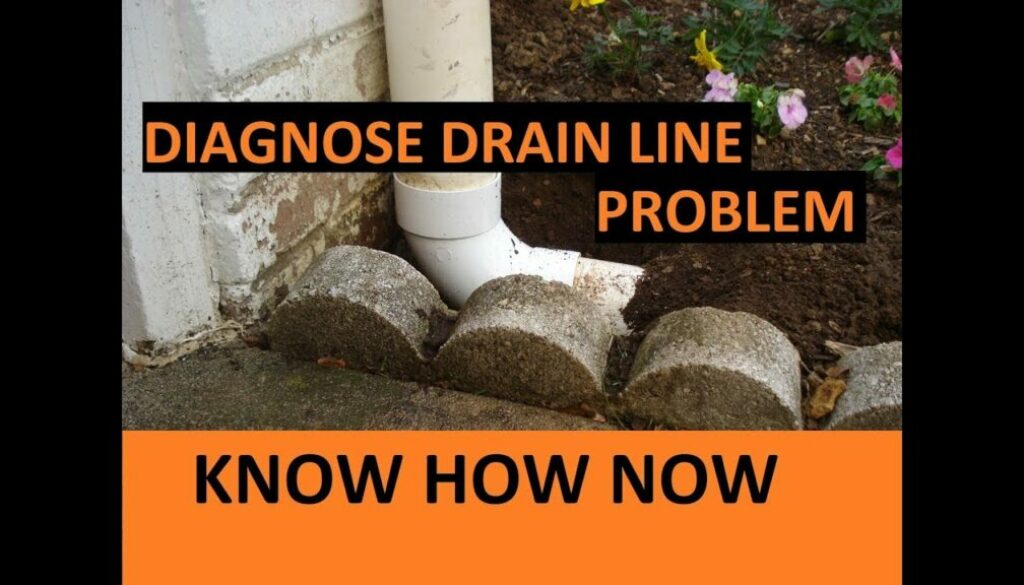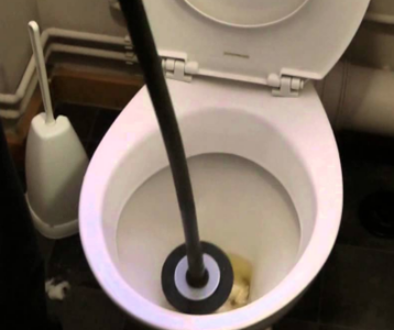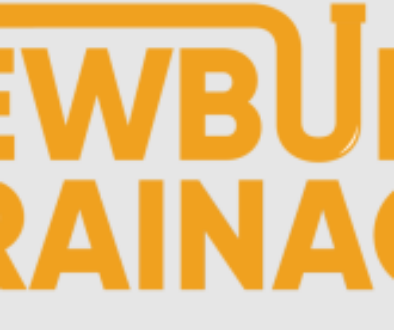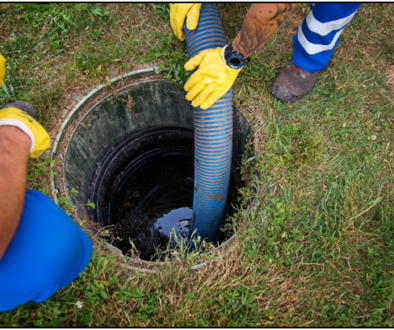How To Unblock Underground Drain Pipe
Are you dealing with a clogged underground drain pipe? No worries! We’ve got you covered with our step-by-step guide on how to unblock it. Whether it’s due to debris, roots, or buildup, we’ll show you how to tackle this common plumbing problem. Let’s dive in!
Picture this: you’re outside enjoying a sunny day when suddenly, you notice a foul smell coming from the drains. Uh-oh, it seems like your underground drain pipe might be clogged. But fear not, my friend, because we’ve got just the solution for you. In this guide, we’ll walk you through the process of unblocking that pesky pipe so you can get back to enjoying your day odor-free.
Are you ready to get your hands dirty? Don’t worry, it’s easier than you might think. In just a few simple steps, you’ll have that underground drain pipe flowing freely again. From identifying the problem to using the right tools, we’ll cover everything you need to know. So grab your gloves and let’s get started on unclogging that stubborn drain pipe!
1. Start by locating the access point to the underground drain pipe.
2. Use a drain auger or drain rod to remove any clogs or obstructions in the pipe.
3. If the blockage persists, try flushing the pipe with a garden hose or using a high-pressure water jet.
4. In stubborn cases, consider using a chemical drain cleaner, following the manufacturer’s instructions.
5. If all else fails, it may be necessary to call a professional plumber for assistance.
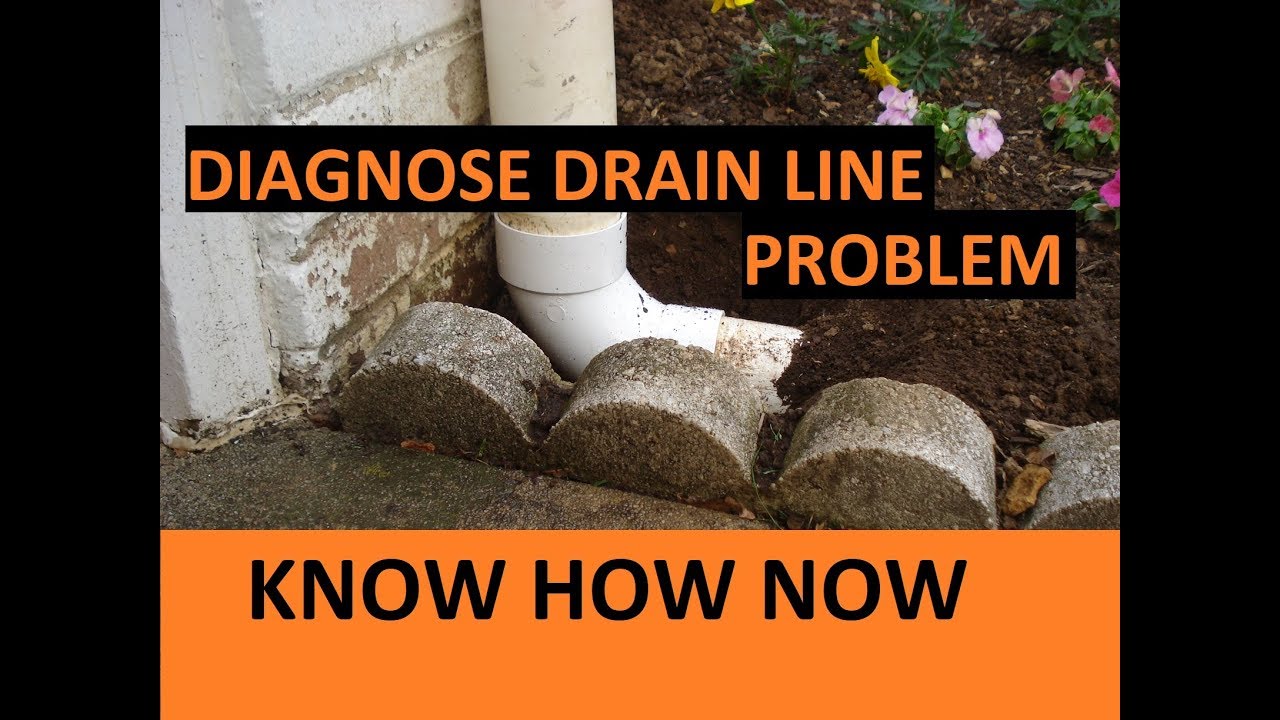
How to Unblock an Underground Drain Pipe: A Comprehensive Guide
The Importance of Maintaining Healthy Drainage: Preventing Blockages
Blocked underground drain pipes can cause significant issues and disruptions to your home. They can lead to foul odors, overflowing toilets, and even structural damage if left unresolved. In this guide, we will explore the steps to unblock underground drain pipes effectively and restore proper drainage to your home. It is essential to take preventive measures and perform regular maintenance to ensure the health and functionality of your drainage system. Let’s dive in and learn how to tackle this task with confidence.
Understanding the Causes of Underground Drain Pipe Blockages
Before we dive into the solutions, it is crucial to understand the common causes of blockages in underground drain pipes. One of the primary causes is the buildup of debris such as leaves, twigs, and other organic matter that enters the drainage system through gutter downspouts or surface water. Over time, this debris can accumulate and form blockages within the drain pipes. Another cause is the intrusion of tree roots into the pipes, seeking moisture and nutrients. These roots can grow and eventually obstruct the flow of water, leading to blockages. Additionally, collapsed or damaged pipes can result in blockages as well. By identifying the root cause of the blockage, you can determine the most effective method of unblocking the drain pipe.
To avoid blockages in the future, regular maintenance is essential. Clearing gutters and downspouts of debris, installing drain covers to prevent large objects from entering the system, and being mindful of what goes down your drains can help prevent blockages in the underground drain pipes.
The Tools You’ll Need for Unblock an Underground Drain Pipe
Before starting the unblocking process, it is essential to gather the necessary tools to ensure a smooth and successful removal of the blockage. Here are some of the tools you’ll need:
- A drain rod set: This set typically includes different attachments and rods that can be connected to create a longer rod suitable for reaching the blockage. Choose a high-quality drain rod set for optimal performance.
- Rubber gloves: Protect your hands from any potential debris or dirty water by wearing a pair of rubber gloves throughout the process.
- A bucket: You’ll need a bucket to collect any debris or water that may come out of the drain pipe during the unblocking process.
- A hose or pressure washer: A hose or pressure washer can be useful for flushing out the drain pipe once the blockage has been partially or fully removed.
- A plumber’s snake: In some cases, a plumber’s snake may be necessary to reach and remove stubborn blockages.
Methods for Unblocking an Underground Drain Pipe
1. Using a Drain Rod Set to Remove the Blockage
The first method we will explore is using a drain rod set to remove the blockage. This method is suitable for blockages caused by debris or minor tree root infiltrations.
Step 1: Locate the access point: Determine the location of the underground drain pipe access point, which is typically located in your garden or near the exterior wall of your property. It may be covered by a removable cover or a metal plate.
Step 2: Assemble the drain rod set: Connect the rods and attachments from the drain rod set following the manufacturer’s instructions. Ensure the rods are securely attached to prevent them from coming apart during the unblocking process.
Step 3: Insert the rods into the pipe: Carefully insert the assembled drain rods into the access point of the underground drain pipe. Slowly push the rods forward until you encounter resistance, indicating the presence of the blockage.
Step 4: Rotate and push the rods: Rotate the rods in a clockwise direction while applying gentle pressure to push through the blockage. Be cautious not to apply excessive force, as this can cause damage to the drain pipe.
Step 5: Clear the blockage: Continue rotating and pushing the rods until you feel the blockage give way. This may take several attempts, so be patient and persistent.
Step 6: Flush the drain: Once the blockage has been partially or fully removed, use a hose or pressure washer to flush out the drain pipe. This will help clear any remaining debris and ensure proper water flow.
Using a drain rod set can be an effective method for unblocking underground drain pipes. However, if the blockage persists or you encounter difficulties, it is advisable to seek professional assistance to prevent any further damage to the drain pipe.
2. Removing Tree Roots with a Chemical Root Remover
In cases where the blockage is caused by tree roots, a chemical root remover can be used to eliminate the roots and restore the flow of water through the drain pipe.
Step 1: Locate the blockage: Similar to the previous method, locate the access point of the underground drain pipe. Take note of the area where the blockage is likely to be situated.
Step 2: Prepare the root remover: Follow the manufacturer’s instructions to prepare the chemical root remover. Use caution and protective gear, such as gloves and goggles, when handling any chemicals.
Step 3: Apply the root remover: Pour the chemical root remover into the access point of the drain pipe, ensuring it reaches the blockage. The root remover will work to dissolve and kill the tree roots, allowing them to decay over time.
Step 4: Wait and flush: Allow the root remover to work for the recommended amount of time specified by the manufacturer. Once the roots have decayed, flush the drain pipe with water to remove any remaining debris.
This method should only be used when dealing with tree root blockages. If the blockage is caused by other factors, such as debris or collapsed pipes, it is best to consult a professional plumber to assess and address the issue.
Key Takeaways: How to Unblock an Underground Drain Pipe
In this article, we’ll explore some simple methods to unblock an underground drain pipe. These solutions can be easily understood by 13-year-old kids and can help you fix the issue quickly.
- Regularly use a drain cleaner to prevent clogs
- Try using a plunger to dislodge the blockage
- Use a plumbing snake to push through and clear the pipe
- Consider using a high-pressure water jet to flush out the blockage
- If all else fails, call a professional plumber for assistance
Remember, it’s important to maintain the drain system to prevent future blockages and ensure smooth water flow.
Frequently Asked Questions
Welcome to our Frequently Asked Questions section, where we address common concerns about unblocking underground drain pipes. Below, you’ll find answers to queries that will help you tackle this challenge. Let’s dive in!
1. Is it possible to unblock an underground drain pipe without professional help?
Yes, it is possible to unblock an underground drain pipe without professional assistance in some cases. You can start by using a drain rod or a drain snake to remove any debris or blockage near the opening of the drain. Alternatively, a high-pressure water jet can be used to blast away the obstruction. However, it’s crucial to exercise caution and follow safety guidelines when attempting to unblock the drain pipe on your own.
If you are unsure of how to proceed or if the blockage persists, it’s best to consult a professional drain cleaning service. They have the expertise and specialized equipment to identify and clear the blockage effectively, minimizing any potential damage to your drainage system.
2. How can I locate the underground drain pipe before attempting to unblock it?
Locating an underground drain pipe can be challenging, but there are a few methods you can try. The first option is to examine the layout of your property and look for any visible signs of the drain pipe, such as manhole covers or inspection chambers. You can also consult the original building plans or contact your local utility providers to obtain any records they may have regarding the drain pipe location.
If these methods aren’t successful, you can use specialized drain cameras that can be inserted into the drain pipe to locate the blockage and determine its position underground. These cameras provide a clear view of the inside of the drain and help you pinpoint the exact location of the blockage, saving you time and effort in finding the pipes.
3. What are some common causes of underground drain pipe blockages?
Several factors can contribute to blockages in underground drain pipes. One common cause is the accumulation of debris such as leaves, twigs, or other organic matter that enters the pipes through open drains or downspouts. Over time, this material can build up and create a blockage.
Another common cause is the intrusion of tree roots. As trees grow, their roots can extend and infiltrate underground drains, causing obstructions. In addition, the pipes themselves can develop issues such as cracks, misalignment, or collapses, resulting in blockages.
4. Are there any preventive measures I can take to avoid underground drain pipe blockages?
Absolutely! There are several preventive measures you can implement to minimize the risk of underground drain pipe blockages. Regularly clearing gutters and downspouts of leaves and debris can help prevent the accumulation of material that can eventually find its way into the drain pipes.
You can also consider installing mesh grates or covers over open drains to prevent larger debris from entering the drainage system. Additionally, regular inspection and maintenance of the drain pipes can help identify and address any potential issues before they become major blockages.
5. When should I seek professional assistance to unblock an underground drain pipe?
If you’ve tried using basic methods such as drain rods or a water jet without success, it’s time to seek professional assistance. Additionally, if you’re unsure of the cause of the blockage or if you suspect significant damage to the drain pipes, it’s best to call in experts. They have the knowledge, experience, and specialized tools to assess the situation and provide the most effective solution.
Professional drain cleaning services can also perform preventative maintenance, ensure thorough cleaning, and conduct any necessary repairs to prevent future blockages. Remember, it’s better to involve professionals early on to avoid further damage and costly repairs down the line.
Summary
So, to recap, if you have a blocked underground drain pipe, here’s what you can do. First, identify the problem by looking for signs of blockage like slow drainage or foul odors. Then, gather the necessary tools such as a drain snake or high-pressure water jet. Next, carefully remove any debris or blockages from the pipe using the chosen method. Finally, prevent future blockages by practicing good drain maintenance habits like regular flushing with hot water and avoiding putting grease or solid objects down the drain.
Remember, dealing with a blocked underground drain pipe can be a bit challenging, but with the right knowledge and tools, you can clear the blockage and restore proper drainage. Just be patient, take necessary safety precautions, and don’t hesitate to seek professional help if needed. You’ve got this!

